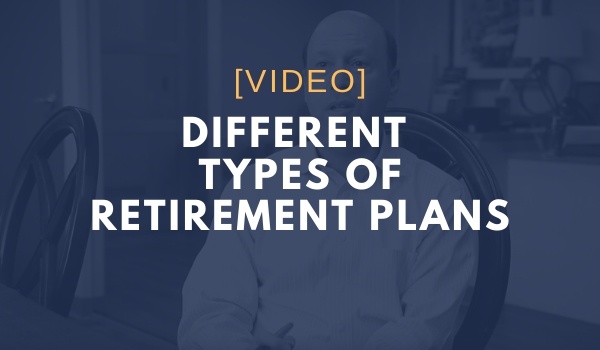At some point in our lives, we all think about retirement. However, a business owner, who has spent most of his life growing his business, may not have had the time or the money to implement a retirement plan. As a business prospers and matures, the owner may be able to invest in his business, enjoy life and save for retirement. By funding a retirement plan, a business owner can ensure a comfortable and well-earned retirement. Whether a business adopts a Profit Sharing Plan or a Defined Benefit Plan depends on several key factors.
The first consideration is income and cash flow. Since contributions to a Profit Sharing Plan are generally lower than contributions to a Defined Benefit Plan, a Profit Sharing Plan may be ideal for a new business with limited resources or unpredictable revenue. Contributions to a Profit Sharing Plan are based on a uniform percentage of compensation and can be skipped in years when there is insufficient revenue. The maximum contribution for 2019 is $56,000 per employee.
A Profit Sharing Plan can include a 401(k) Plan. A 401(k) Plan allows an employee to defer a percentage of his salary to the Plan. The maximum deferral for 2019 is $19,000. In addition, an employer older than age 50 can make a “catch up contribution” of $6,000. The amount deferred by the employee is excluded from taxable income.
Unlike a Profit Sharing Plan, in which the monthly retirement benefit depends upon the investment performance of the contributions to the Plan, a Defined Benefit Plan sets the monthly benefit to be paid at retirement and requires annual contributions sufficient to fund the ultimate benefit. The maximum monthly benefit for 2019 is $18,750. Contributions are based on the amount needed at retirement to fully fund the benefit. A Defined Benefit Plan works best for a business with predictable annual revenues to support larger contributions to a retirement plan. There are two types of Defined Benefit Plans – Traditional and Fully Insured. A Traditional Defined Benefit Plan can invest in any prudent investment. In addition, annual contributions are determined by an actuary, who calculates the minimum and maximum contribution. This provides a degree of flexibility not present in a Fully Insured Defined Benefit Plan.
A Fully Insured Defined Benefit Plan can invest only in insurance and annuity products that guarantee the benefit. Because a Fully Insured Defined Benefit Plan is required to invest in guaranteed insurance and annuity products, the retirement benefit is guaranteed by the insurance company as long as contributions are made. A Fully Insured Defined Benefit Plan requires the largest contributions. In addition, a Fully Insured Defined Benefit Plan eliminates possible losses due to market fluctuations. This guarantee is often a major consideration when planning for retirement.
Now is the time to determine if a retirement plan is right for you. The plan has to be set up by the end of the company’s tax year in order to make a deductible contribution for 2019. For more information or to get started on your retirement benefits today, contact RMC Group at 239.298.8210 or rmc@rmcgp.com.



